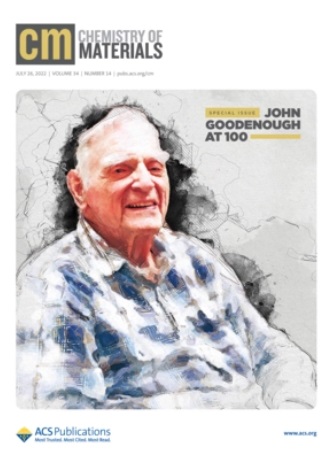Complete solar cells with the triple-cation perovskite (FA0.76MA0.19Cs0.05Pb(I0.81Br0.19)3) sandwiched between spiro-OMeTAD (2,2′,7,7′-tetrakis-(N,N-di-4methoxyphenylamino)-9,9′-spirobifluorene) and mesoporous titania layers were examined using femtosecond transient absorption (TA) and steady-state absorption in the visible and near-infrared (NIR) regions. We demonstrate in this paper that the transmission spectroscopic measurements through a gold layer are possible and open the way to investigate the solar cells in working conditions (with applied voltage and/or additional illumination). We show that a gold electrode does not exhibit a significant TA signal itself but causes a difference in the perovskite response at around 800 nm and in the NIR range. The irradiation with a femtosecond laser, 1 Sun stationary illumination, or applied voltage causes significant changes in the TA spectra and kinetics at the TiO2 interface, most probably due to ion segregation or ion rearrangement process. The transmission signal in the NIR range is shown to be dominated by spectral modulation due to light interference; however, the process of hole injection at spiro-OMeTAD interfaces can be extracted. Finally, application of an appropriate forward bias enables the suppression of electron and hole injection to contact materials and results in increased lifetime of charge population in the perovskite.

